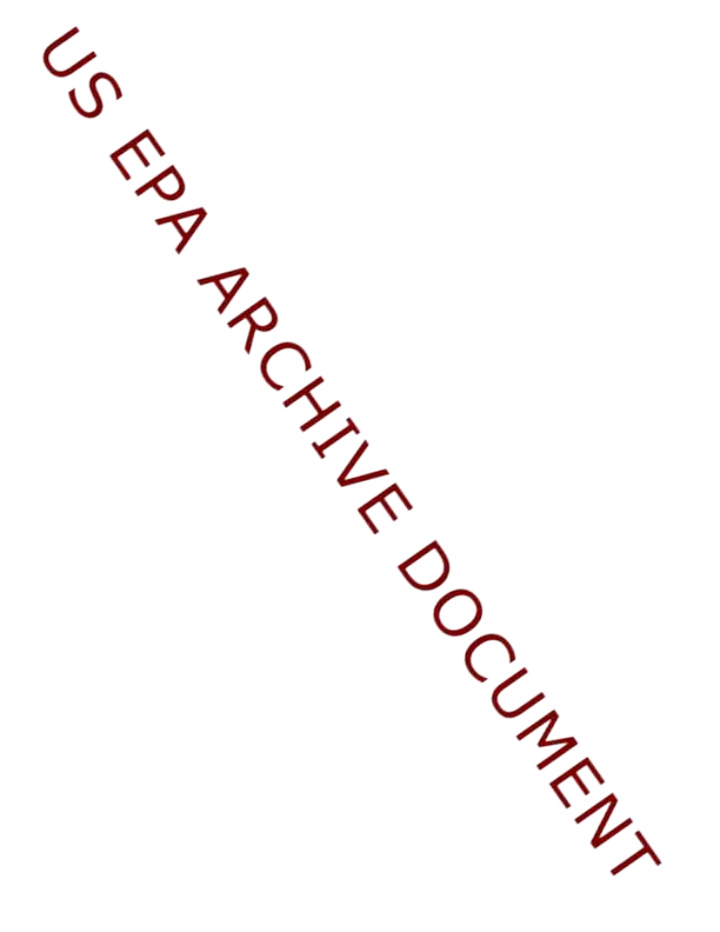



OPPT Activities regarding Nanotechnology Jim Willis Jim Willis Office of Pollution Prevention and Toxics Office of Pollution Prevention and Toxics Nanotechnology and OSWER Symposium – July 12-13, 2006 Why it is important to get nano right the first time M r. Jim Willis 2 of 7 NANOTECHNOLOGY AND OSWER Session 7: Panel Discussion New opportunities and challenges Mr. Jim Willis -- Presentation Slides July 12-13, 2006 Washington DC 230
TSCA Program Goal Continue to implement TSCA in a way that enables the responsible development of nanotechnology and realizes its potential environmental benefits, while applying sound science to assess and, where appropriate, manage any potential risks to human health and the environment presented by nanoscale materials. Mr . Jim Willis 3 of 7 Office of Pollution Prevention and Toxics, U.S. EPA Office of Pollution Prevention and Toxics, U.S. EPA OPPT Activities • Authorities under TSCA appear to be adequate but there is a fundamental need for a better understanding of potential risks • Reviewing nanoscale materials that are new chemicals • Developing possible Stewardship Program • Developing policy guidance on new/existing • Promoting Pollution Prevention benefits (conference anticipated in Washington this October) Mr . Jim Willis 4 of 7 Office of Pollution Prevention and Toxics, U.S. EPA Office of Pollution Prevention and Toxics, U.S. EPA NANOTECHNOLOGY AND OSWER Session 7: Panel Discussion New opportunities and challenges Mr. Jim Willis -- Presentation Slides July 12-13, 2006 Washington DC 231
SPC: White Paper • Science Policy Council (SPC): EPA’s venue for discussion and management of cross-agency science issues • Intra-agency Nanotechnology Workgroup convened by SPC (December 2004) to develop a white paper to examine the applications and implications of nanotechnology for the consideration of Agency managers – 80+ workgroup members from across the Agency • Peer review complete (19-20 April 2006); next draft expected to go to workgroup in July, SPC in August, publication in September M r. Jim Willis 5 of 7 Office of Pollution Prevention and Toxics, U.S. EPA Office of Pollution Prevention and Toxics, U.S. EPA White Paper Recommendation Areas • Pollution Prevention and Stewardship • Research – Chemical identification and characterization – Environmental fate – Environmental detection and analysis – Potential releases and human exposures – Human health effects assessment – Ecological effects assessment • Risk Assessment • Cross-Agency Workgroup • Collaboration • Training M r. Jim Willis 6 of 7 Office of Pollution Prevention and Toxics, U.S. EPA Office of Pollution Prevention and Toxics, U.S. EPA NANOTECHNOLOGY AND OSWER Session 7: Panel Discussion New opportunities and challenges Mr. Jim Willis -- Presentation Slides July 12-13, 2006 Washington DC 232
Need to ensure Broader Cooperation • Agency-Wide, e.g., ORD, OSWER, OPP, OAR, OW, etc. • Government Wide – Through NNI – Traditional inter-agency work groups to address common issues (e.g., occupational, consumer) • Internationally – OECD (Working Party on Manufactured Nanomaterials) – Individual countries, such as the UK, Australia, who are developing and implementing programs • Industry, NGOs, academia Mr . Jim Willis 7 of 7 Office of Pollution Prevention and Toxics, U.S. EPA Office of Pollution Prevention and Toxics, U.S. EPA NANOTECHNOLOGY AND OSWER Session 7: Panel Discussion New opportunities and challenges Mr. Jim Willis -- Presentation Slides July 12-13, 2006 Washington DC 233
Recommend
More recommend